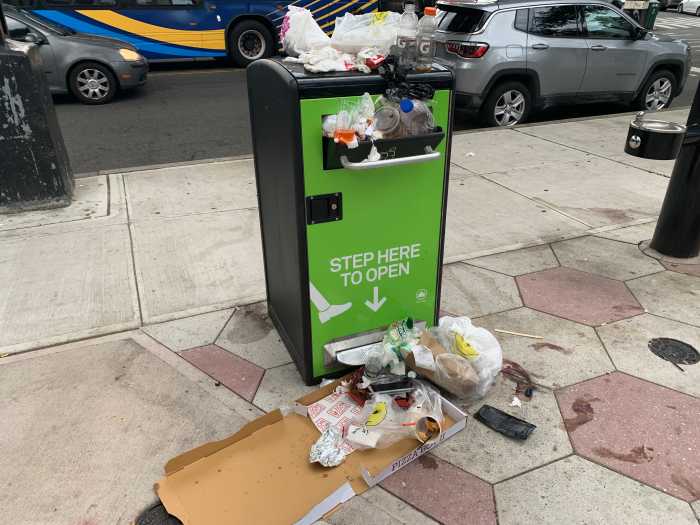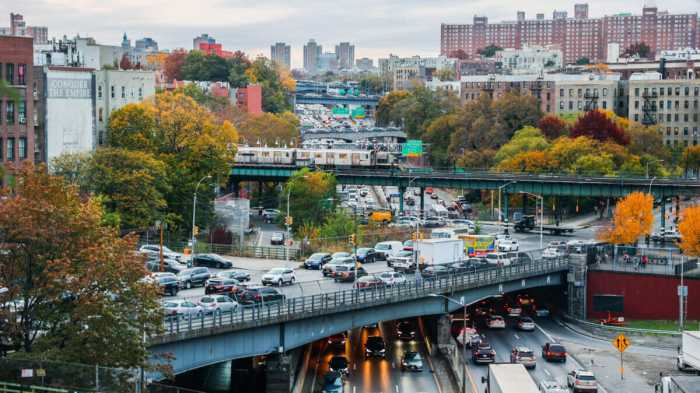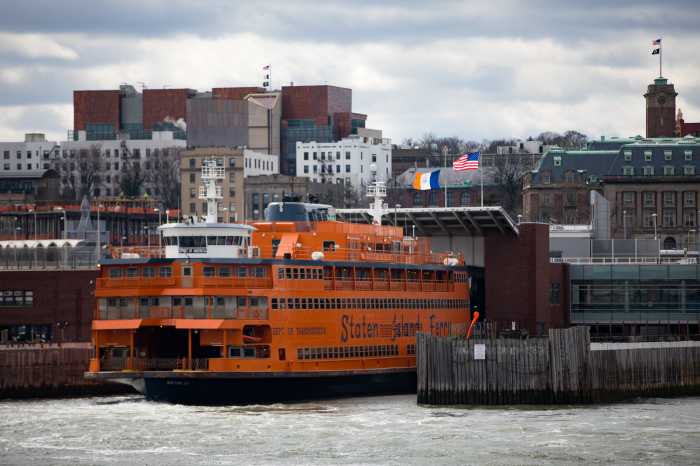Google wants to let you know just how crammed in you’ll be during your commute.
Google Maps app will now offer predictions on the crowdedness of some subways and buses in New York City, one of almost 200 cities across the world getting the new feature through an app update announced Thursday. The predictions are built on past surveys Google conducted with commuters using the app for directions on various routes and lines at different times of day.
“We’re introducing transit crowdedness predictions so you can see how crowded your bus, train or subway is likely to be based on past rides,” wrote Talyah Hasaballah and Anthony Bertuca, Google Maps product managers, in a corporate blog post. “Now you can make an informed decision about whether or not you want to squeeze on, or wait a few more minutes for a vehicle where you’re more likely to snag a seat.”
It remains to be seen how useful the feature will be in New York City, where mass transit is typically much cheaper than taking e-hails or taxis. The MTA is currently working on bringing a similar feature to express buses to allow riders to get a sense of how many seats are available.
The new update, expected to be rolled out Thursday, also includes real-time information on bus delays, something the MTA already offers on its website and through social media.
Google Maps did not respond to a request to detail which subway lines and bus routes will be complemented by the new feature. A company spokesperson said only that the crowdedness predictions will be available on all lines where enough survey data has been compiled to make accurate predictions.
Google accompanied the new feature with an analysis of the most crowded train lines in the country, according to their surveys. New York City subway riders might be surprised to know that only one MTA line, the L, placed among the most packed lines, coming in 10th.
The most crowded line in the world is the Urquiza Line in Buenos Aires, Argentina, followed by Line 11-Coral in Sao Paulo, Brazil, and Line A, also in Buenos Aires, according to the analysis.
Read more: Mayor Adams Announces Harlem River Greenway






































